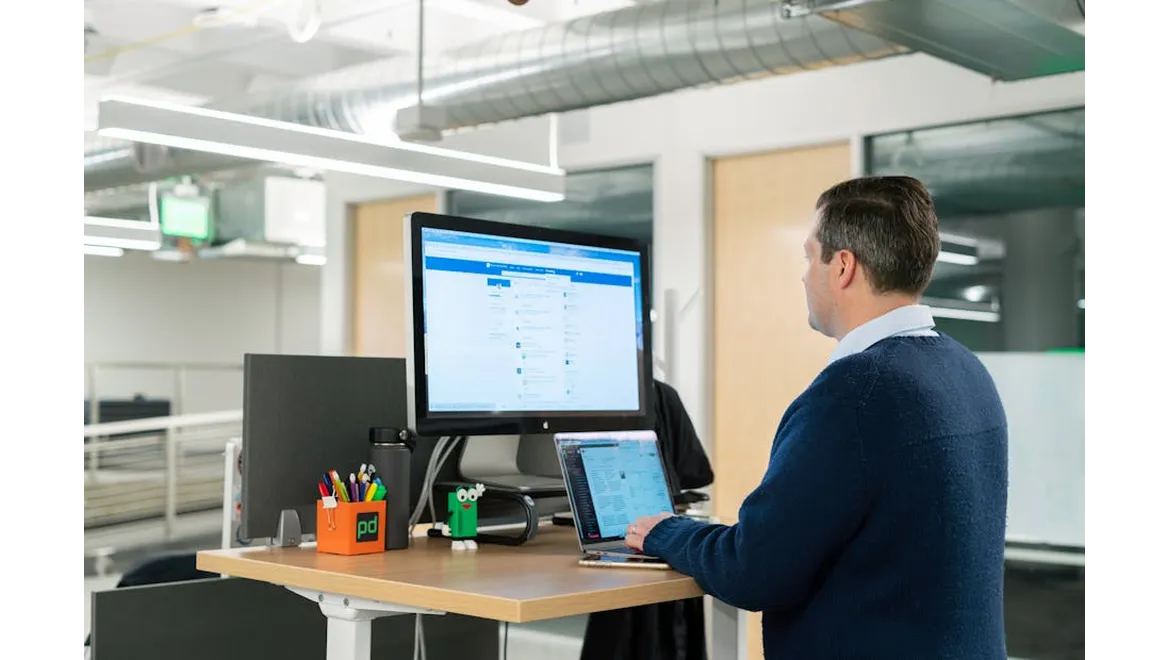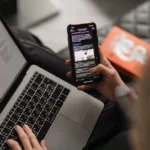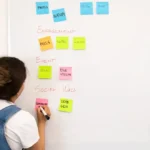Right, let’s talk LinkedIn newsletters. For ages, I’d been using them as glorified email blasts – text, text, and more text. Fine for announcements, sure, but hardly earth-shattering when it came to generating new business. I knew I needed to change tack, and specifically, to use them strategically for lead nurturing.
My goal? To transform my newsletter from a monologue into a two-way conversation, slowly and steadily guiding subscribers through the sales funnel while cementing my expertise. Here’s what I learned, and how you can do it too:
1. Understanding Your Audience: The Foundation for Success
Before even thinking about interactive elements, you must know your audience. What are their pain points? What keeps them up at night? What are they really interested in, beyond the surface-level stuff?
I started by analysing my LinkedIn connections: their job titles, industries, and the content they were already engaging with. I also dug into my website analytics to see which blog posts and case studies were performing best. This gave me a baseline understanding. If you’re just starting, polls are a great way to learn. The first newsletter should ask them what they want to hear about.
2. Injecting Life: Interactive Elements to Spark Engagement
This is where the magic happens. Forget walls of text. Think interactive experiences.
- Polls: These are fantastic for quick feedback and gauging interest. I’ve used them to ask about preferred content formats (video vs. articles), industry challenges, and even just fun, lighthearted questions related to my niche. Create polls around burning questions in your industry. It not only drives interaction but also offers immediate, actionable insights. Try: “What is your biggest struggle in [specific area]?” Options: Budget limitations, lack of expertise, time constraints, other.
- Quizzes: Elevate the engagement with a short, relevant quiz. I created one around common misconceptions in my field. It was fun, informative, and people actually shared their results. Result sharing is gold dust as it expands your reach.
- Surveys: For deeper insights, surveys are invaluable. Think carefully about the questions. Keep them concise and focused. I’ve used them to gather detailed feedback on past newsletters and identify areas for improvement. I always offered a small incentive (e.g., a free ebook, early access to a webinar) to boost participation.
- Embedded Videos: A picture is worth a thousand words, and a video? Even more. Incorporating short, engaging videos – think tutorials, thought leadership pieces, or even behind-the-scenes glimpses – can drastically improve engagement. LinkedIn allows direct video uploads which is perfect for this, however don’t just embed the video, provide a small summery of it to entice the user.
3. Personalisation: Tailoring Content to Subscriber Preferences
The data you collect through these interactive elements is gold. Use it to segment your audience and personalize future content.
For example, if a subscriber consistently answers questions related to a specific topic, you can tailor future newsletters to include more content on that topic. If they prefer video content, prioritise that format in your communications. If your newsletter is only aimed at CTO’s and CEO’s, don’t be afraid to provide information that would only be valuable to them. This is targeted information and can be a valuable draw.
4. Gradual Nurturing: The Sales Funnel Approach
Remember, the goal is lead nurturing. Don’t hit subscribers with sales pitches right away. Instead, provide consistent, high-value content that addresses their needs and builds trust.
- Top of Funnel (Awareness): Focus on educational content and thought leadership. Use polls and quizzes to gauge audience understanding of key concepts.
- Middle of Funnel (Consideration): Share case studies, testimonials, and product demos. Use surveys to understand subscriber pain points and how your solution can help.
- Bottom of Funnel (Decision): Offer exclusive discounts, free trials, and personalised consultations. Direct subscribers to relevant landing pages and encourage them to take the next step.
5. Tracking and Optimisation: Continuous Improvement
Monitor your newsletter analytics closely. Pay attention to open rates, click-through rates, and engagement levels for each interactive element. Use this data to identify what’s working and what’s not, and adjust your strategy accordingly. A/B test different subject lines, content formats, and interactive elements to optimise performance. Regularly refine your approach based on the results.
6. Consistent Value, Consistent Cadence:
There is no point in having a newsletter if you do not use it. Decide on a schedule and stick to it and make the content reliable and useful for the reader. If they are not gaining value from your output then they will simply ignore future issues, or worse, unsubscribe.
My experience shows that LinkedIn newsletters, when infused with interactive elements and a strategic lead nurturing approach, can be incredibly powerful. It’s about moving beyond broadcasting to building relationships, understanding your audience, and providing them with the valuable content they crave. By consistently delivering value and engaging with your subscribers, you can steadily guide them through the sales funnel, establish your expertise, and generate new business.











